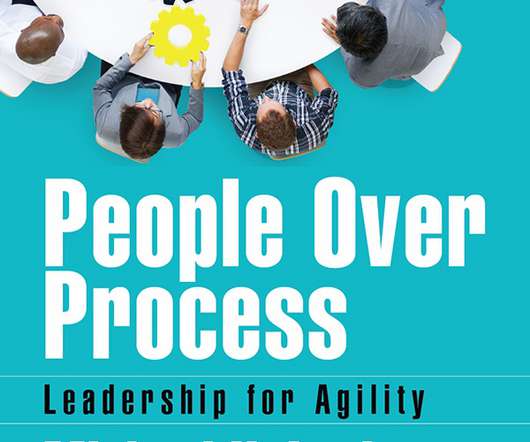Pushing Past Your Comfort Zone
Lead Change Blog
FEBRUARY 19, 2018
All of us recognize that to develop in our careers we must push out of our comfort zone. In December 2011, I was selected as CTO ? The willingness to swim upstream must be strong, as it requires taking risk. I was in the same role for over three years and was not happy with the status quo. What matters most is getting off.












Let's personalize your content